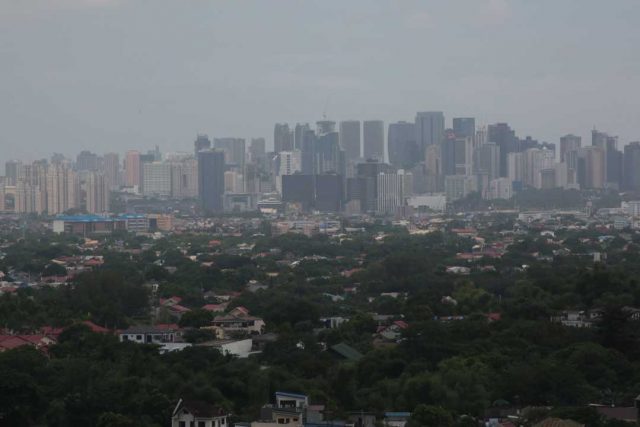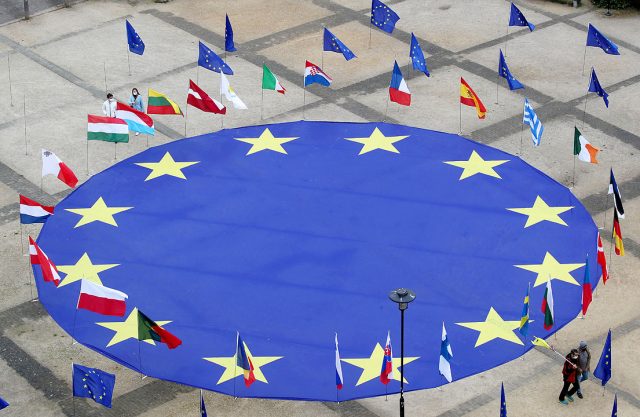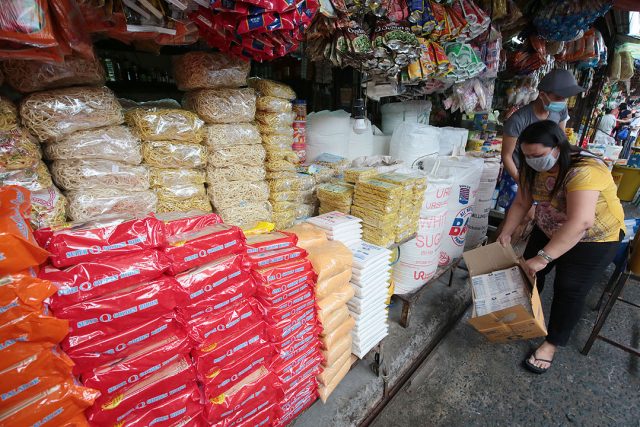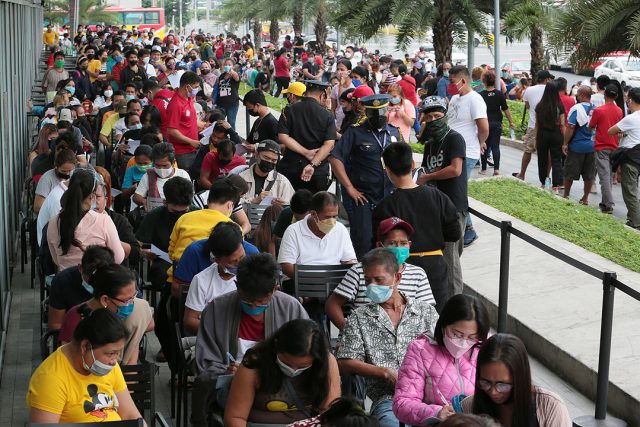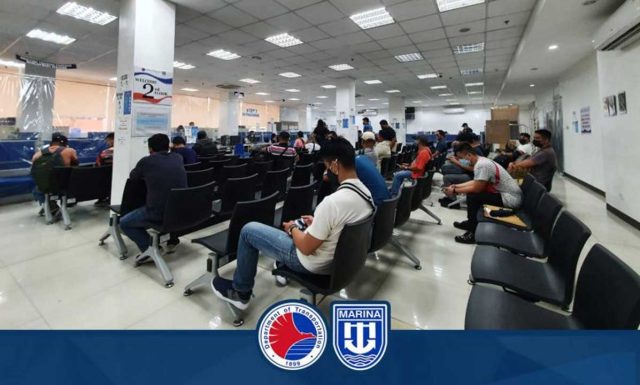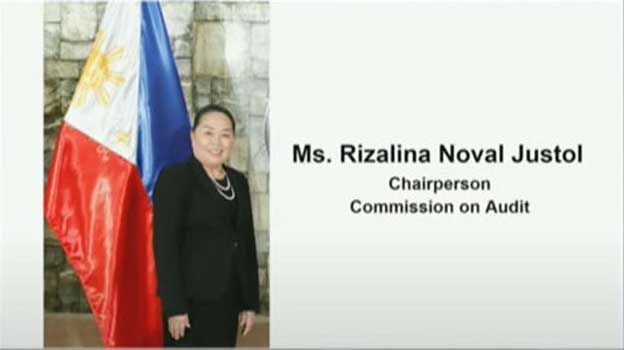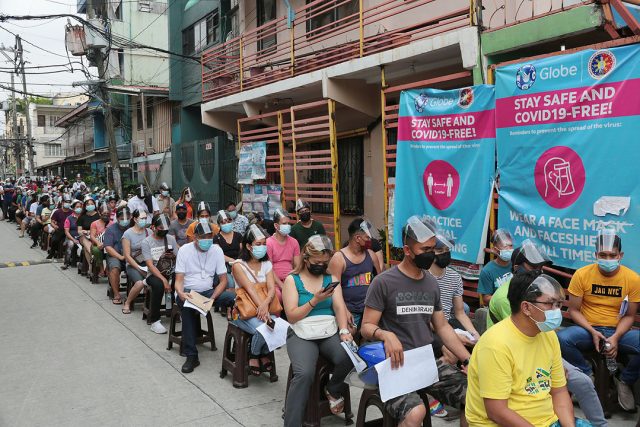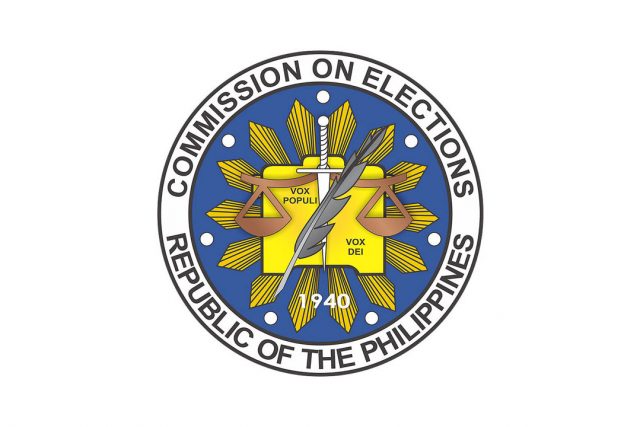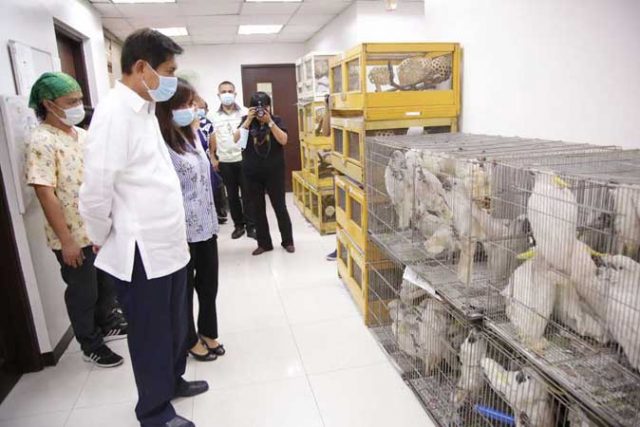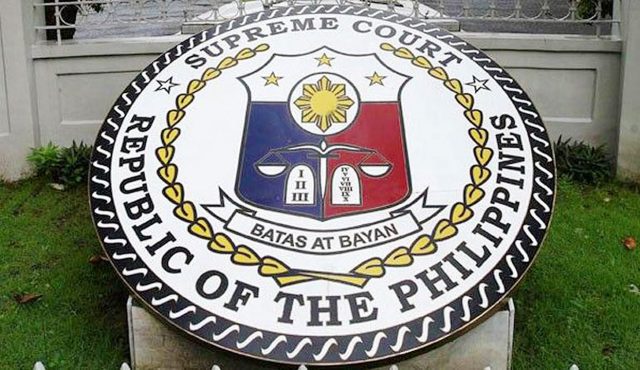LeBron with Bronny
LeBron James did not mince words when he was asked about the possibility of returning to the Cavaliers anew. Caught in a wave of goodwill borne of the enthusiastic reception he received from hometown family members, friends, and fans, he replied to the query of Jason Lloyd of The Athletic with matter-of-fact resolve. “The door’s not closed on that,” he said, fresh off a practice session with other Western Conference All-Stars at Cleveland State facilities. “I’m not saying I’m coming back and playing. I don’t know. I don’t know what my future holds. I don’t even know when I’m free.”
James is being disingenuous, of course. Of all the marquee names in the National Basketball Association, he’s arguably the most knowledgeable about his status, and on how he can best maximize it. The increased mobility players enjoy these days is largely because he dared challenge the status quo, and succeed in so doing. And, if nothing else, he’s certainly aware he will again be a free agent after the 2022-23 season. So while he’s right in saying he doesn’t know what the future holds, it’s not because of ambiguity insofar as his contract with the Lakers is concerned.
Interestingly, James isn’t so much as exhibiting wanderlust as showing disappointment in his current plight. For all his machinations behind the scenes, the roster the Lakers assembled heading into the current campaign is far from thriving. He hasn’t been to the All-Star break with a losing record in 18 years, and he was still a rookie back then. And the irony is that all the setbacks have come with him setting personal milestone after personal milestone. He’s doing his best, but his best hasn’t been enough in the face of the frailties of those around him.
There are, to be sure, two sides to every coin, and it’s fair to argue that the Cavaliers will not want to take him in, the reverence with which the wine and gold regard him notwithstanding. They’re doing all right on their own, rising the wave of a youth invasion slated to keep them competitive for some time to come. Those strides would most definitely be sacrificed if the welcome mat is spread for him. And, make no mistake, he’ll see the third time as the charm only if it leads to the opportunity of burning rubber with Bronny, his son — as is his publicly stated intent.
“My last year will be played with my son,” James told Lloyd. “Wherever Bronny is at, that’s where I’ll be. I would do whatever it takes to play with my son for one year. It’s not about the money at that point.” So there. At this point, nothing else matters. And considering how he continues to wreak havoc on the court, the bet looks like a safe one.
Anthony L. Cuaycong has been writing Courtside since BusinessWorld introduced a Sports section in 1994. He is a consultant on strategic planning, operations and Human Resources management, corporate communications, and business development.



